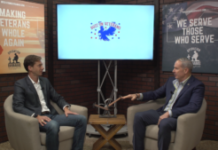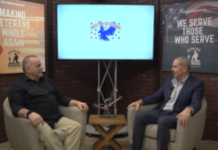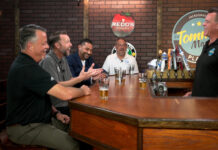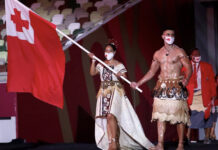Sports Medicine Moment: Common Ankle Injuries – Ankle Fracture
Written By: Tristen Robinson
Tristen Robinson, M.S., ATC, LAT is a BUZZ Gear Up Blogger and an instructor at Andrew Jackson High School, for the sports medicine magnet program. Checkout the program’s Facebook page at Andrew Jackson High School Sports Medicine. https://www.Facebook.com/Jacksonsportsmed/
CRACK!!!! That unnerving sound. Anyone who’s broken a bone before may know that sound all too well. Even if you have simply witnessed a fracture, you may be familiar with that sound as well. Side note: a fracture and a break are the same thing. So, with that, our third topic for common ankle injuries in the physically active is…ankle fractures.
A fracture can occur by direct or indirect force (meaning the bone is broken away from the point of impact). In athletics, this can happen from various mechanism: a twist and fall, someone falling on your ankle, your ankle taking a direct blow from a blunt object…and the list goes on and on. Signs and symptoms of an ankle fracture are similar to a fracture of any bone in the body. There may be pain at a specific spot on the bone, swelling localized to the fracture site, inability to bear weight (not always the best indicator) and of course, pain with ankle movement. X-ray imaging is the most typical way to diagnosis a fracture.
Treatment for an ankle fracture is the same as just about any other fractured bone in the body. P.R.I.C.E. A fracture is usually immobilized to prevent movement and promote proper healing. First aid treatment for a fracture would be to splint the joints above and below the fracture site. Subsequent immobilization is provided by the application of a cast; 6-8 weeks depending on the severity, could be up to 12 weeks. If the fracture was severe enough, surgery may be needed. Rehabilitation are sure to follow cast removal; especially if the injured wants to regain what was lost while in the cast.
Typically, ankle fractures are a pretty straight forward injury and recovery process. Meaning, the fracture occurs and is diagnosed, treated, and the individual has little to no recurring issues due to the fracture (if treated properly). I thankfully have never experienced an ankle fracture personally. However, any athletes that I worked with that suffered a fracture are grateful of the small amount of complications that accompany it (in comparison to other ankle injuries). As always if you have any questions or concerns, please consult the appropriate healthcare professional.
This has been your sports medicine moment…

































